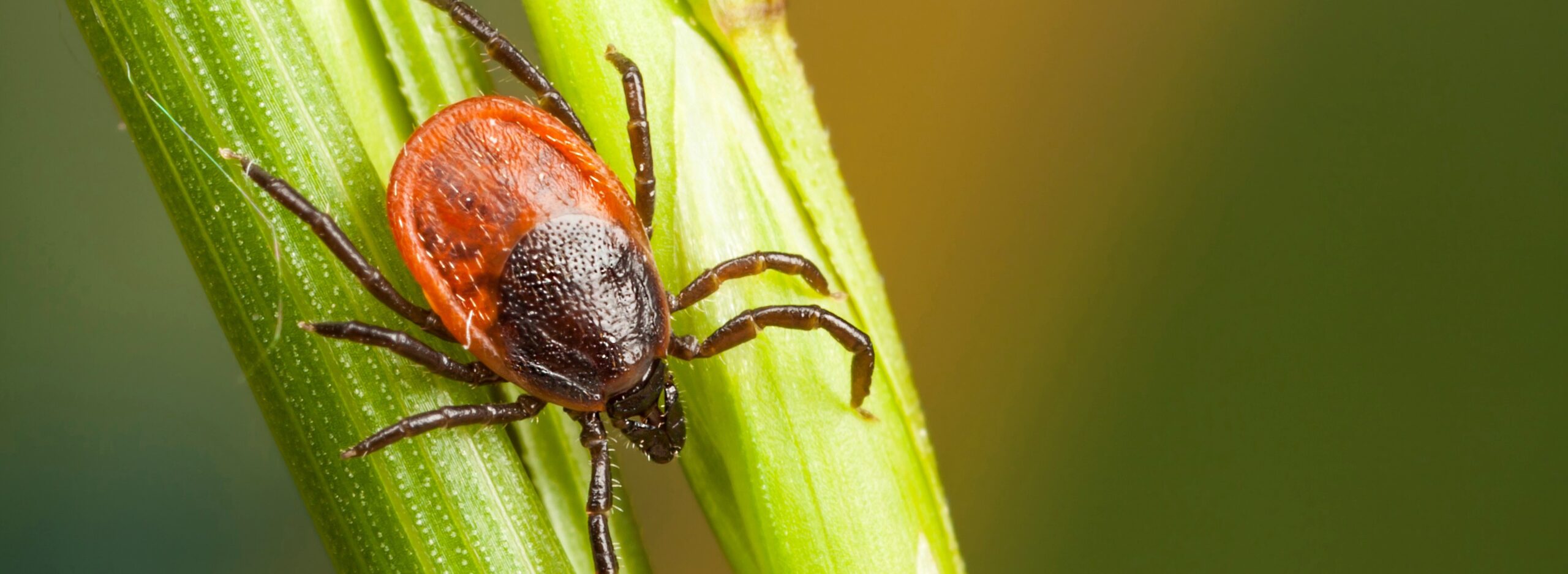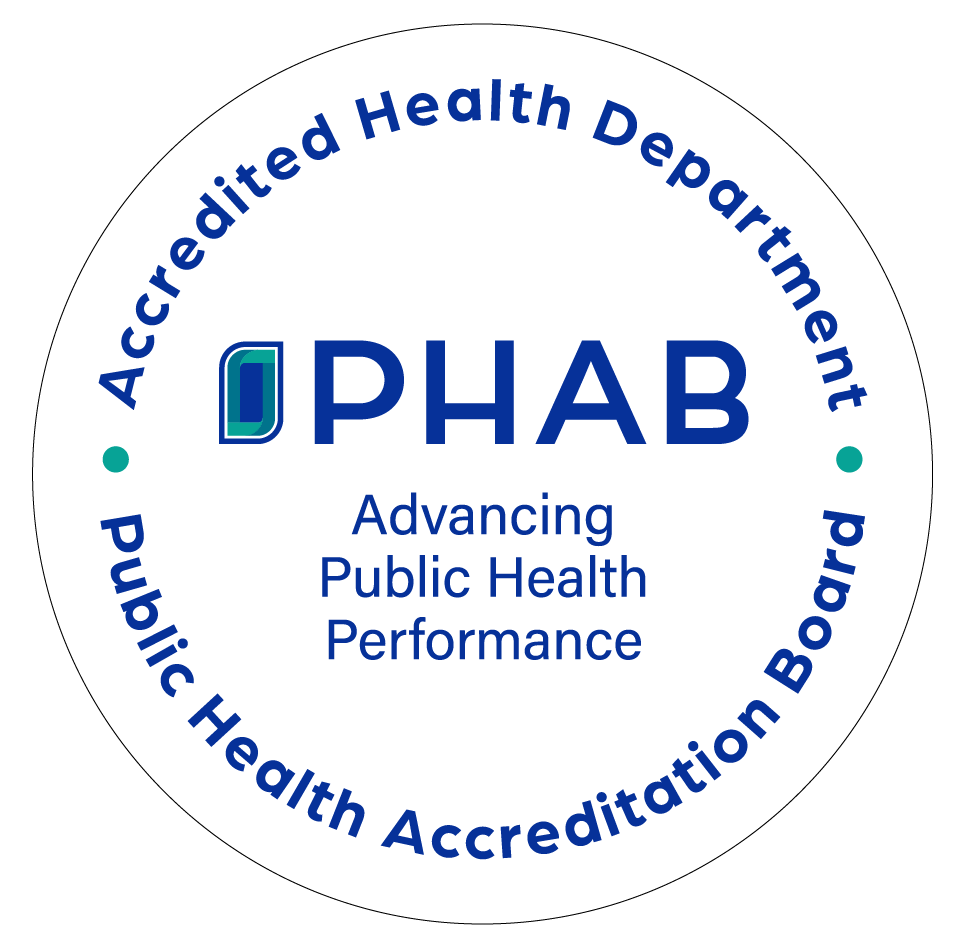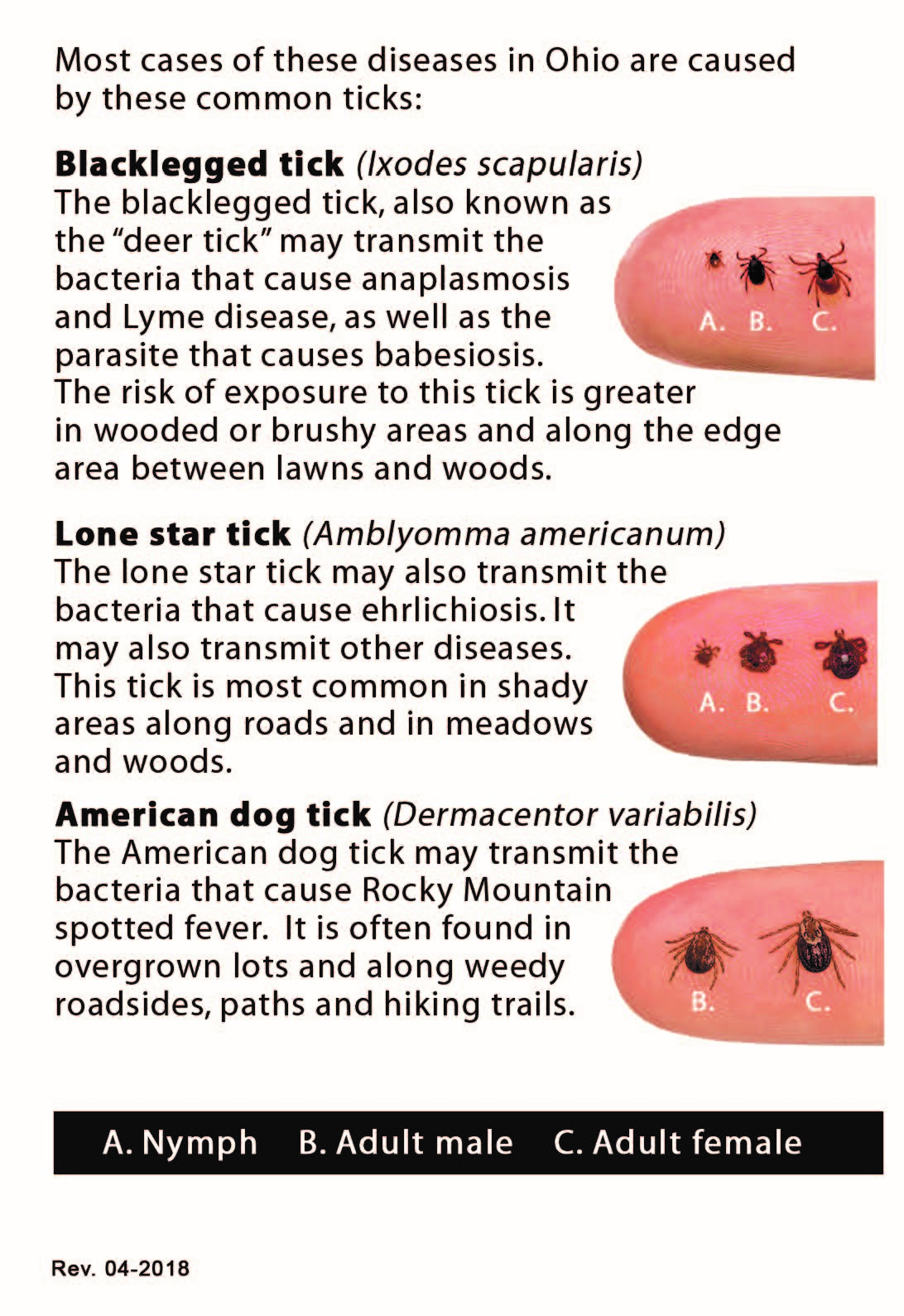
Ticks in Ohio
Diseases spread by ticks are an increasing concern in Ohio and are being reported to the Ohio Department of Health more frequently in the past decade, with Lyme disease and Rocky Mountain spotted fever (RMSF) being the most common. Other tickborne diseases such as anaplasmosis, babesiosis and ehrlichiosis are also on the rise.
There are about a dozen species of ticks that have been identified in Ohio. However, most species are associated with wild animals and are rarely encountered by people. Three species, the American dog tick, the blacklegged tick, and the lone star tick, are among the most likely ticks to be encountered by people or pets. All three of these species are of significant public health importance and are responsible for nearly all tickborne diseases reported in Ohio.
How to Prevent Tick Bites
- Avoid areas where high grass, leaves, trees, and other vegetation touches your clothes.
- Walk in the center of outdoor trails.
- Use EPA registered insect repellents on exposed skin and clothing.
- Tuck pant legs into socks, and shirts into pants.
- Do a tick check of your whole body every day, even if you were only in your backyard.
- Tumble clothing you’ve worn on high heat in a dryer to kill any ticks on clothing.
- If you get a tick bite, remove the tick with a tweezer by holding the tweezers close to the tick’s head and pulling upward with steady pressure.



